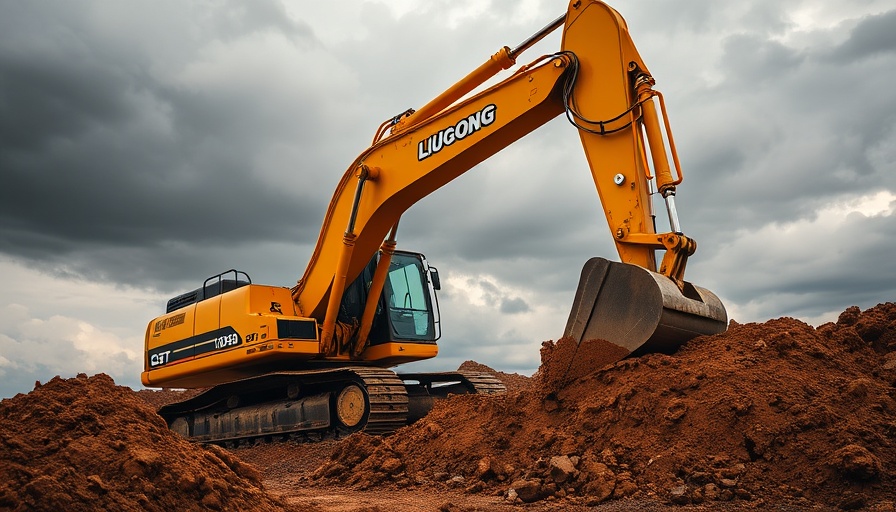
The Shift Towards Local Manufacturing by LiuGong
LiuGong, a prominent player in the construction equipment industry, is evaluating the feasibility of establishing manufacturing operations in the Americas. As the dynamics of trade evolve, driven in part by recent tariff shifts, LiuGong North America’s leadership is proactive in adapting to the landscape. While the company has a well-established production base in India, there’s a growing need to manufacture closer to its U.S. customer base.
Strategic Rationale for Manufacturing in the Americas
Andrew Ryan, President of LiuGong North America, underscored the multi-faceted benefits of diversifying manufacturing locations. “You create natural hedges against changes in currency and shorter logistics supply chains,” he states. These advantages are critical, especially in uncertain economic climates where relying solely on external production can jeopardize responsiveness and financial performance.
The encouragement for such a shift is not just the logistics but also the potential high-quality production capabilities available in various regions of the Americas. The company is considering areas that provide the right blend of cost-efficiency and skilled labor, essential for meeting modern construction equipment needs.
Market Demand: The True Test of Viability
Ultimately, the decision to build a new factory hinges on market demand. LiuGong’s leadership recognizes that establishing a foothold in North America requires not only adequate sales volumes but also a solid export strategy. As Ryan pointed out, if demand doesn't justify the steep investment of hundreds of millions of dollars, it simply wouldn't make sense.
“If you’re only selling 100 machines a year in Brazil, then building a factory is a losing investment. However, if export potential allows for thousands of units, the investment becomes worthwhile.” This highlights the importance of robust market analysis and strategic planning in any expansion endeavor.
What This Means for Business Owners and Property Developers
For business owners and property developers, LiuGong’s strategic considerations present an important perspective on global supply chains. The potential localization of manufacturing may lead to more responsive inventory systems and reduced lead times, which are critical advantages in a fast-paced construction environment.
As construction projects increasingly require rapid execution and adaptation to shifting demands, having local manufacturing capabilities could enhance LiuGong’s ability to provide timely deliveries and tailored solutions. Moreover, this move could trigger wider market changes, challenging other manufacturers to reassess their supply chains and potentially drive down costs for consumers.
Looking Ahead: Manufacturing’s Future in the Construction Sector
The exploration of local manufacturing aligns with a broader trend in the construction sector, where sustainability and efficiency are paramount. As more companies focus on reducing their carbon footprints and increasing operational efficiencies, this could lead to innovative manufacturing practices that prioritize environmentally friendly materials and processes.
By positioning itself for local manufacturing, LiuGong might not only enhance its competitive edge but also contribute positively to the construction industry’s evolution towards sustainable building practices.
As these developments unfold, stakeholders in the construction industry should stay informed and consider how changes in supply chains and manufacturing strategies could impact their operations. LiuGong’s decisions could herald a new wave of innovation and efficiency in the sector.
 Add Row
Add Row  Add
Add 




Write A Comment